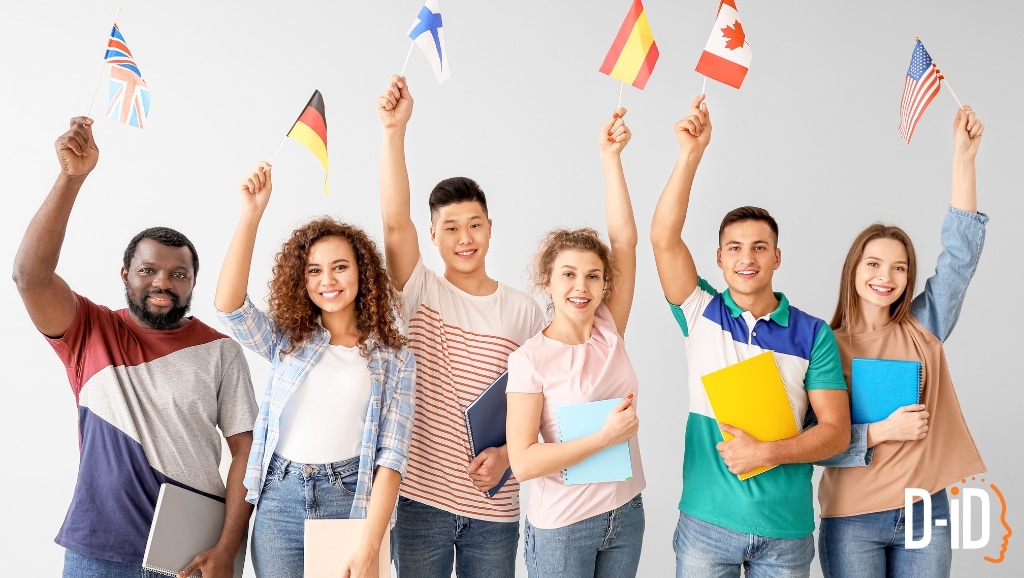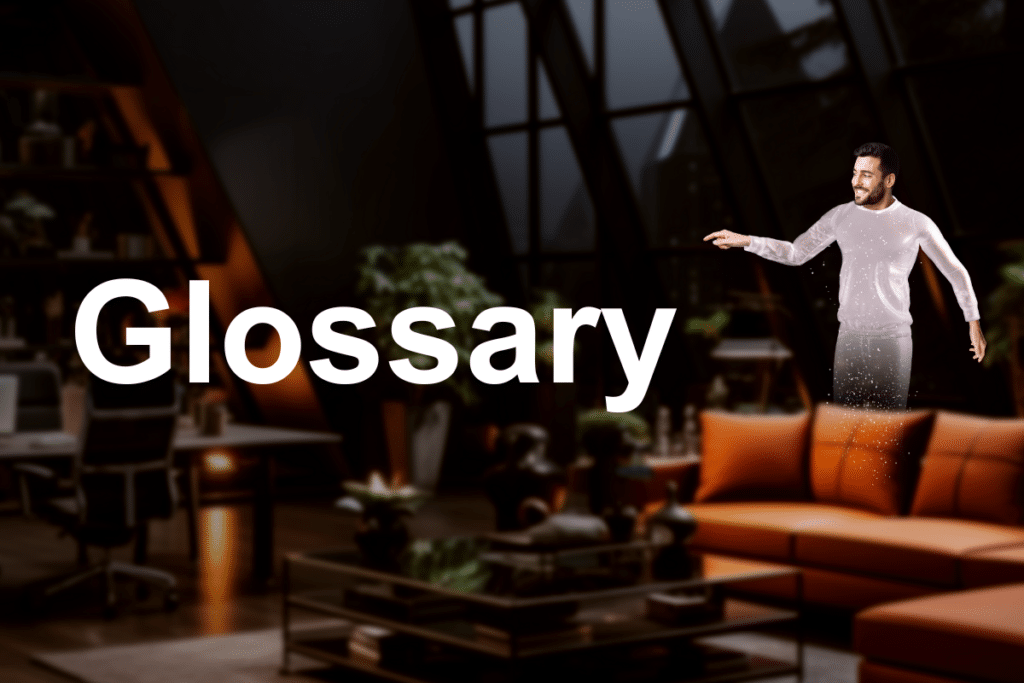Multilingual AI Avatars

What Are Multilingual AI Avatars?
Multilingual AI avatars are digital characters powered by artificial intelligence that can speak, understand, and interact in multiple languages. These avatars are used in video content, customer service, education, marketing, and more to deliver information in a way that feels personal and natural to a wide range of global audiences. Unlike traditional avatars that may be limited to a single language, multilingual AI avatars can dynamically switch between languages or produce localized content tailored to specific regions.
This capability has significant implications for global AI communication. It enables companies and creators to connect with users in their native languages, breaking down language barriers and making content more inclusive. By using AI avatars in multiple languages, brands can ensure consistency in tone, messaging, and style across all linguistic versions of their communication.
How Do Multilingual AI Avatars Work?
At the core of multilingual AI avatars is a combination of advanced AI models, natural language processing (NLP), and neural text-to-speech (TTS) systems. Here’s how it works:
- Language Recognition and Translation: The avatar’s AI engine identifies the input language and can translate the script or spoken words into one or more target languages.
- Text-to-Speech Conversion: Using realistic voice synthesis, the avatar speaks the translated content with accurate pronunciation, intonation, and emotion.
- Lip Sync and Facial Animation: AI algorithms match lip movements and facial expressions to the spoken language, creating a natural and engaging presentation in any supported language.
- Voice Cloning and Customization: For personalized video content, the avatars can maintain a consistent voice across languages or adapt to different local accents and tones.
Some advanced platforms also integrate machine learning to improve translations over time, refine delivery, and understand regional nuances. These features enable localized AI avatars to deliver not just multilingual content, but culturally relevant experiences.
For example, platforms like D-ID make it possible to generate high-quality, personalized videos using multilingual AI avatars, turning complex messages into easily digestible content for audiences around the world. AI video generators like these are quickly becoming essential tools for businesses with international reach.
Benefits of Multilingual AI Avatars
Benefits of Multilingual AI Avatars
Improved Accessibility Multilingual AI avatars make digital experiences more inclusive by allowing users to interact in their preferred language. This reduces dependency on subtitles or static translations and brings information to life in a more accessible way to non-native speakers. By delivering audio-visual content in the user’s language, these avatars help bridge communication gaps and ensure broader participation across different demographics.
Expanded Global Reach With multilingual capabilities, brands can scale their communication strategies to reach global audiences without creating separate content for each market. This opens doors to international growth and engagement. Organizations can maintain a unified brand voice while tailoring messaging for local markets, strengthening their presence in new regions more efficiently.
Cost-Effective Localization Creating content in multiple languages typically requires human translators, voice actors, and editors. AI avatars in multiple languages streamline this process, significantly reducing the time and cost involved in localization. Businesses can update or repurpose content quickly, making it easier to keep materials current across all supported languages without a full production cycle.
Enhanced Customer Experience Localized AI avatars foster trust by communicating with users in their native language, using familiar expressions and tones. This creates a more welcoming and human-like experience, improving customer satisfaction and brand loyalty. It also reduces friction during support or onboarding experiences, making it easier for users to follow instructions or resolve issues.
Real-Time Language Switching Some multilingual AI avatar systems support real-time language switching, which is especially valuable in customer support or live video environments. It allows a single avatar to seamlessly serve multilingual audiences in one session. This is particularly helpful in diverse markets or international events, where addressing multiple audiences simultaneously is key to success.
Scalability Across Channels Whether it’s customer service videos, training materials, onboarding content, or marketing campaigns, multilingual AI avatars can be used across channels and industries, ensuring a consistent voice no matter the platform or location. Their flexibility enables businesses to maintain quality and coherence while meeting the unique demands of different touchpoints and audiences.
Check out the best enterprise video platforms that support this functionality and are tailored to growing businesses with diverse audiences.
Conclusion
Multilingual AI avatars are transforming how organizations communicate with the world. They make it easier to reach diverse audiences, build trust across languages, and create consistent, scalable, and engaging content without starting from scratch for every region. As the demand for global AI communication grows, so does the importance of using localized AI avatars that speak the language of your audience—literally and culturally.
For businesses operating on a global stage, the ability to scale human-like interactions across multiple languages is no longer just a nice-to-have—it’s a strategic necessity. Whether you’re launching a product in a new market, providing multilingual customer support, or creating training materials for international teams, multilingual AI avatars provide the speed, flexibility, and personalization required to make meaningful connections. With continued advancements in voice synthesis, facial animation, and NLP, these avatars are becoming more sophisticated and seamless. The result is a powerful communication tool that enhances engagement, drives efficiency, and positions brands for success in a multilingual world.
FAQs
-
They allow users to consume and interact with content in their native language, removing language as a barrier. By offering voice, visuals, and subtitles tailored to the viewer’s preferences, multilingual AI avatars create an inclusive environment where more people can participate, learn, and engage without needing translation tools.
-
Yes. Advanced avatars can be customized to speak in specific regional accents and dialects. This level of localization makes the experience feel more authentic and personal, which is especially useful in marketing, training, and customer-facing roles. Some platforms also let you create personalized video avatars that retain brand voice while adapting for different cultures.
-
Instead of producing separate videos or support tools for every language, companies can use one avatar to deliver multilingual content. This reduces production time, enables faster rollout of campaigns or internal updates, and allows businesses to respond to global events or market shifts with agility. With tools like AI spokesperson video generators, brands can deploy these avatars at scale and stay responsive to international needs.
Was this post useful?
Thank you for your feedback!


